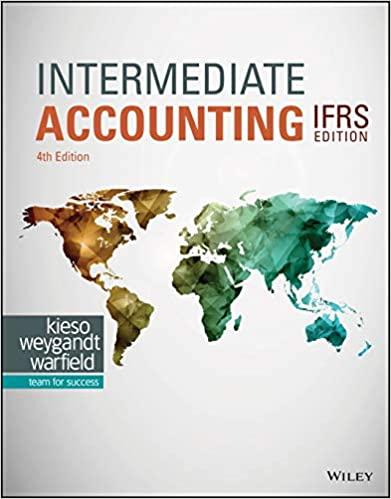Question
Catalytic Solutions, Inc. Case Summary: The case describes some issues commonly related to the design of performance measurement and incentive systems in young, growing firms.
Catalytic Solutions, Inc.
Case Summary:
The case describes some issues commonly related to the design of performance measurement and incentive systems in young, growing firms. The subject firm in this case is privately held, is still in a"pre-profit" situation, and is preparing itself for an IPO in, hopefully, the not-too-distant future. The case describes the company, its competitive advantages and strategy, and the elements of its employees' compensation package. For at least some employees, this package includes three elements: salaries, stock options, and an annual bonus.
What is particularly interesting about the compensation package is that the firm's annual bonus plan bases rewards primarily on non-financial measures of performance. This is not like the bonus plans used in most larger, more established firms, in which bonus awards are based primarily on financial measures of performance. In this case, CSI's VP-Finance & Administration is quoted as saying that he doubts that financial measures would ever be more important than the non-financial measures in this plan.
Case Questions:
1. Evaluate the composition of the compensation package at CSI.
a. What are the advantages and disadvantages of awarding stock options?
b. What are the advantages and disadvantages of awarding bonuses?
c. Was the relative importance placed on salaries, stock options, and bonus awards reasonable?
Why should CSI offer a mix of rewards rather than providing its employees 100% of their compensation based on 100% salary? On 100% annual bonuses?
2. Evaluate the specific features of the annual bonus plan in 2001 and 2002. Comment on:
a. The choice of the number of measures used, the specific measures used, and the changes in the plan between years;
b. The relative proportions of financial vs.nonfinancialmeasures;
c. The decision to base rewards on company-wide, rather than individual, performance;
d. The amount of subjectivity allowed in determining the bonus awards;
e. The calibration (target difficulty) of the bonus plans.
Step by Step Solution
There are 3 Steps involved in it
Step: 1

Get Instant Access to Expert-Tailored Solutions
See step-by-step solutions with expert insights and AI powered tools for academic success
Step: 2

Step: 3

Ace Your Homework with AI
Get the answers you need in no time with our AI-driven, step-by-step assistance
Get Started


